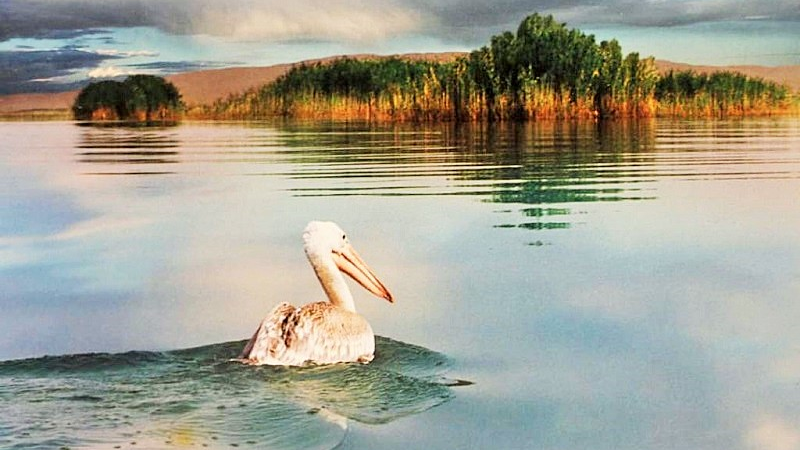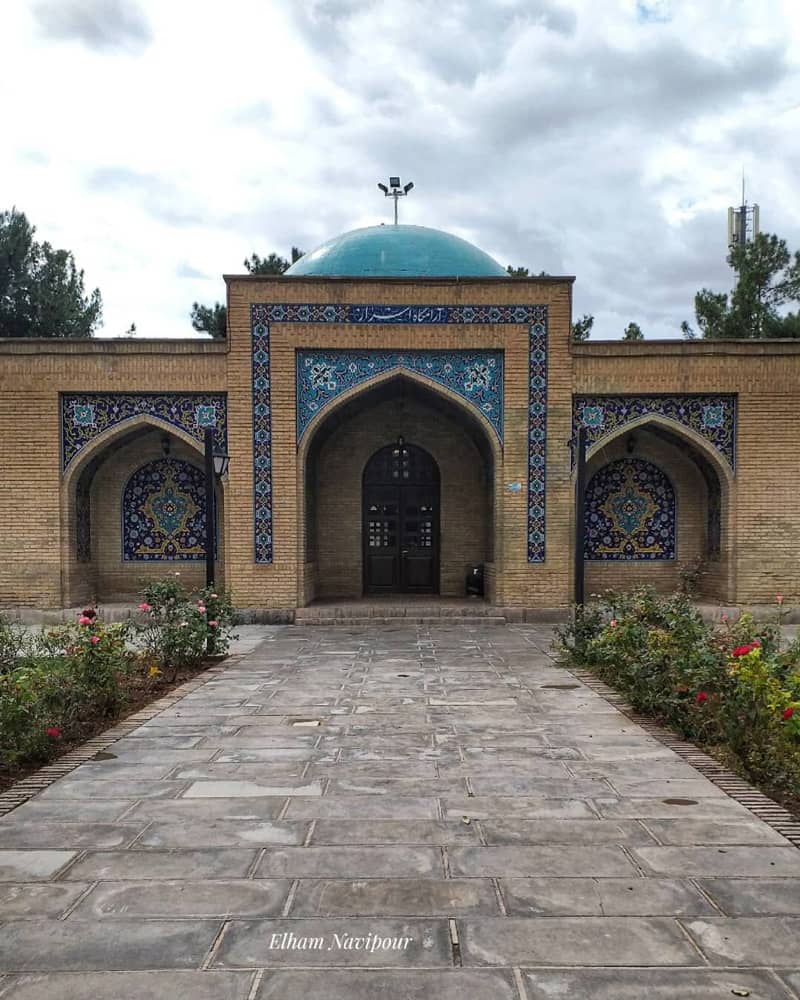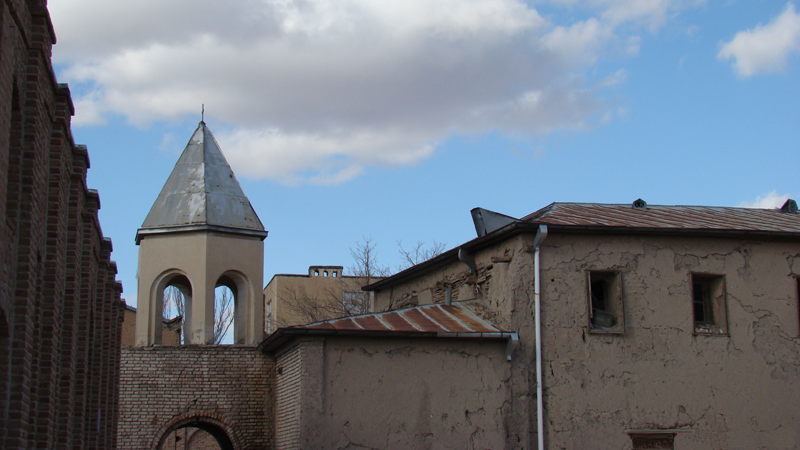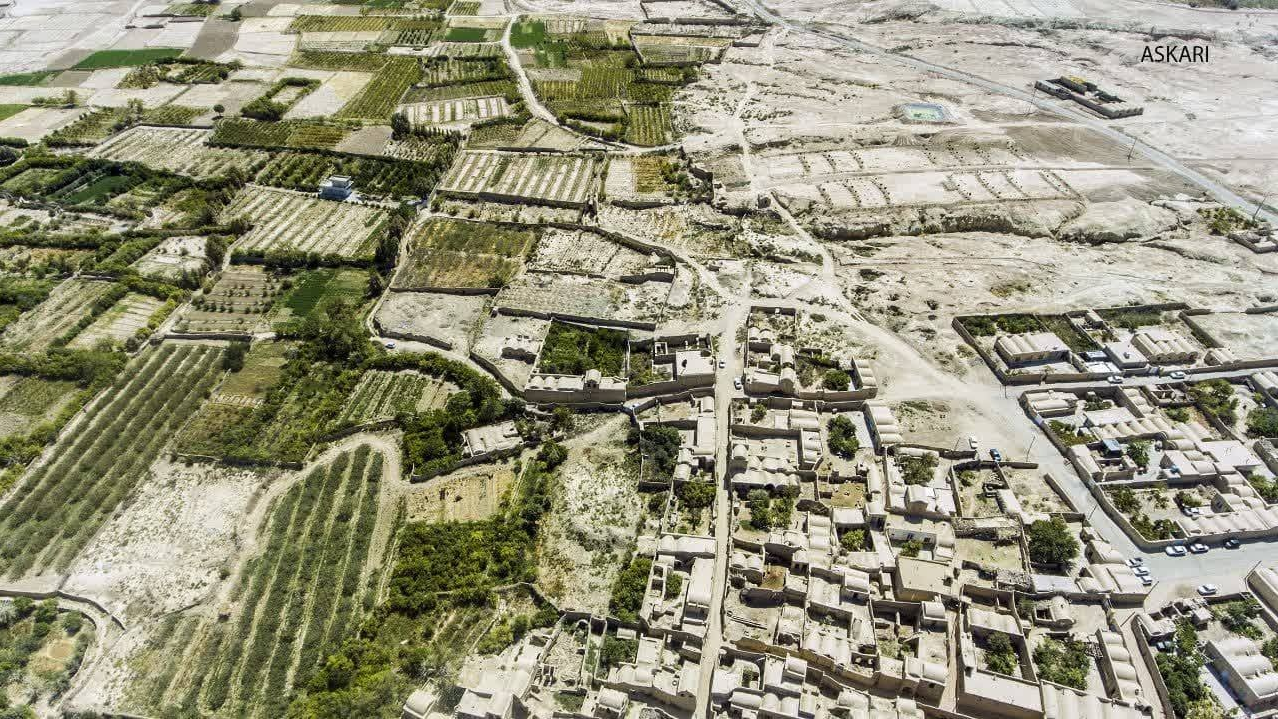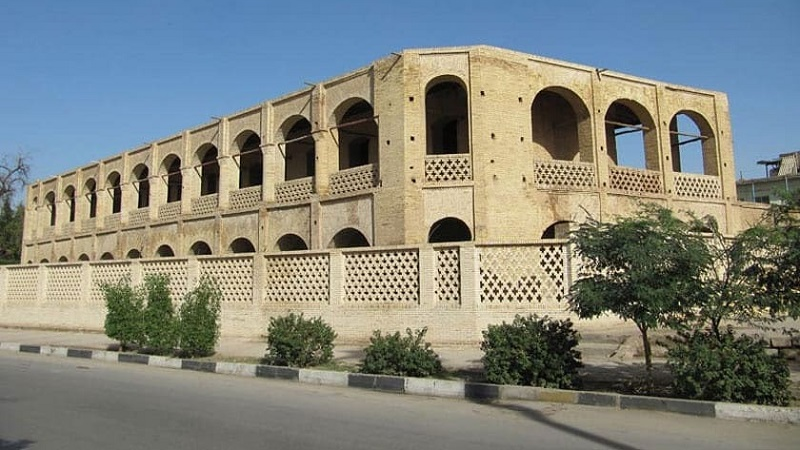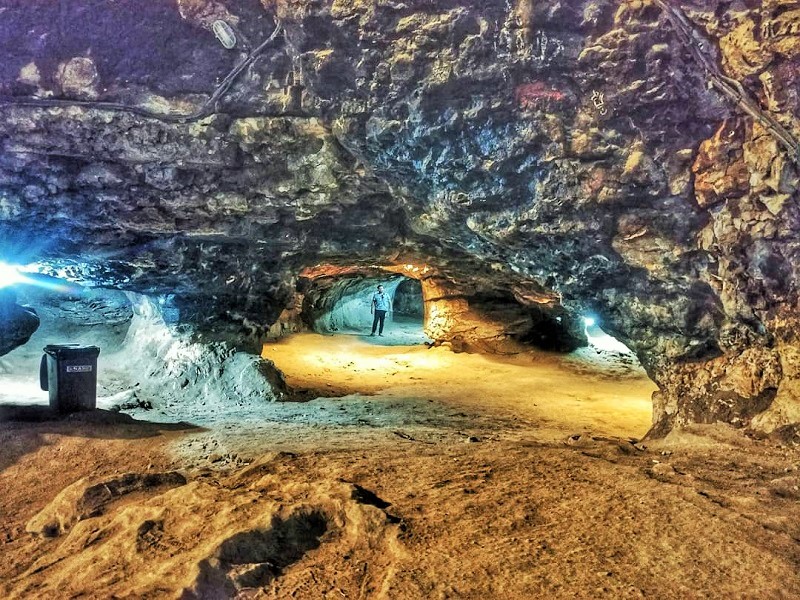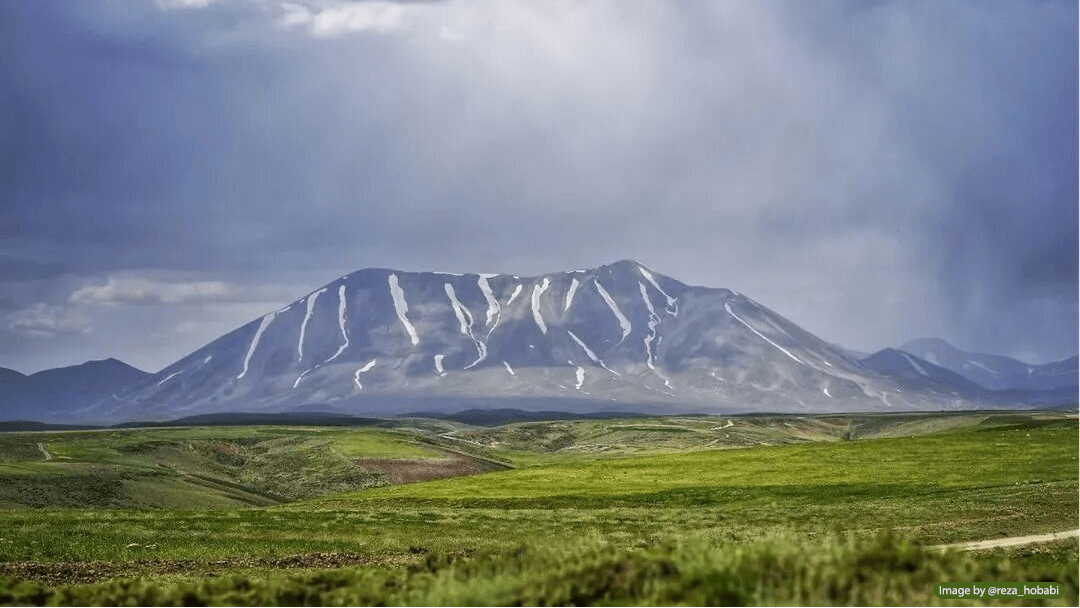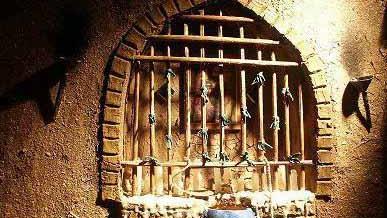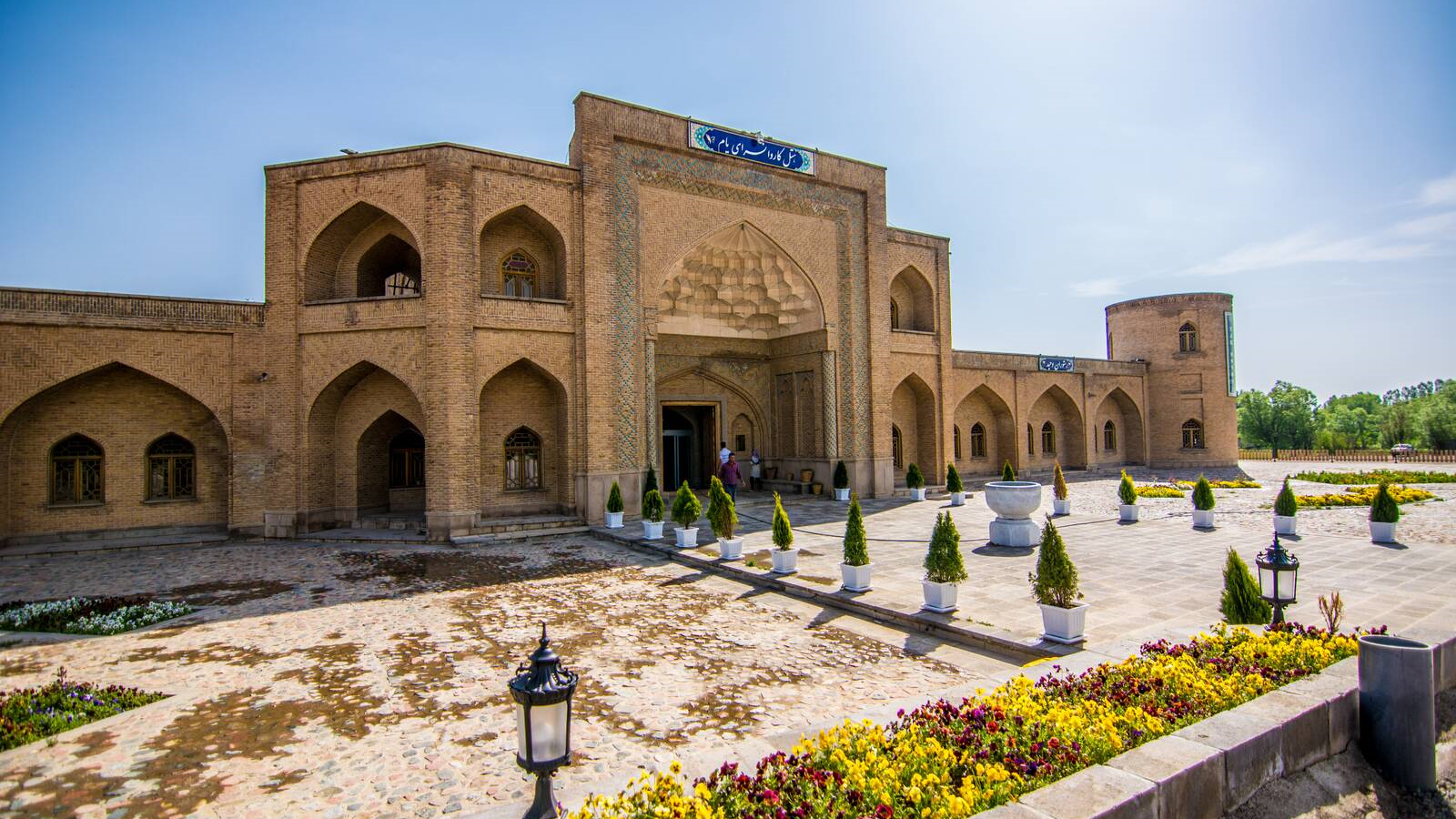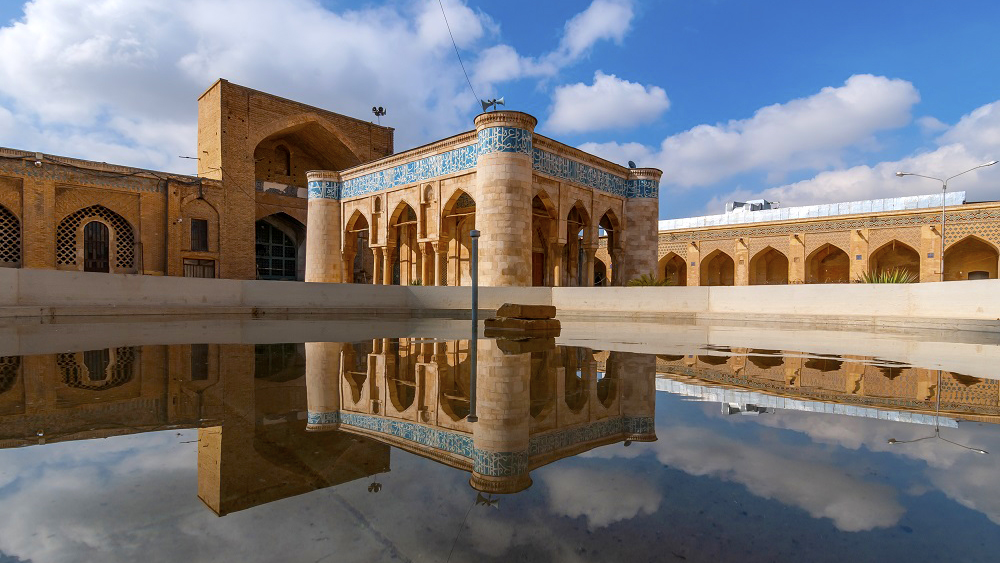
Sufi Chay
Rivers are the life-giving arteries of many cities in the world. Many human civilizations have been formed along rivers, and many historical monuments can be found on the banks of these rivers. Thus, rivers have been the witnesses of the history of civilizations that have provided human generations of different ages with their requirements and given them the power and possibility to grow.
In Iran, which is considered a dry country, seasonal and permanent rivers are of double importance. Perhaps, the historical city of Isfahan is the most famous city in Iran, which was formed around the Zayandeh Rud. Besides Isfahan, some other cities of Iran also have rivers the existence of which has brought beauty and life to them. Meanwhile, the relationship between Maragheh and Sufi Chay is similar to that of Isfahan and Zayandeh Rud.
Nomenclature and Source of Sufi Chay
Sufi Chay River, also called “Gapi Chai”, is a 70 km long permanent river. In the past, this river was called “Suyuq Chay” meaning “cold river”, because it was believed that the source of this river is the snow of the surrounding slopes.
This river originates from the west of Sahand Mountain and enters Maragheh from the west. In addition to Maragheh, Sufi Chay also passes through Bonab and eventually flows into Lake Urmia. Before reaching the lake, Sufi Chay merges with another river named “Qosha Chay” and finally merges with Simineh Rud and Zarineh Rud.
Sufi Chay Attractions
More than 12 thousand hectares of orchards and agricultural lands are irrigated with the water of Sufi Cahy. Alavian Dam built on this river has an important role in supplying the drinking water requirement of Maragheh, Miadoab, Bonab, Ajabshir, and Malekan cities. The construction of this dam started in 1990 AD and completed in 1995 AD. The length of the crown and the width of this dam are 935 10 meters respectively, and its capacity is 60 million cubic meters. The lake located behind the Alavian Dam is a pristine and spectacular tourist attraction; especially in spring and summer when the weather gets warmer.
There are also beautiful villages along the route of Sufi Chay of which eight terraced villages with an old texture are located on the banks of this river, which has created permanent and seasonal waterfalls in the Yarshahri and Espiran Valley villages. The passage of the river through the hawthorn orchards has created very spectacular views.
Historical Sites around Sufi Chay
In addition to its natural scenery, there are several historical sites in Maragheh next to Sufi Chay, one of the most important of which is the Ghaffariyeh Dome. This site, which, according to experts, must be a tomb, was built during the Ilkhanate era (14th century) and when Maragheh was their capital and of great importance.
Ghaffariyeh Dome is located in a park with the same name, which, with the facilities provided in it, has become a recreational resort for family outings.
There are also some spectacular landscapes and historical near this river in the city of Bonab the most important of which is the “Five Springs Bridge”. This bridge was built in the Safavid era (16th century AD) by a person named “Arbab Ali Akbar Yazdani” and it is now situated one kilometer southeast of Bonab. Of the five spans of this bridge, the middle one is bigger than the others. The Five Springs Bridge is made of square-shaped bricks and has stone foundations. This bridge was inscribed on the list of Iran’s national heritage in the year 2001.
Originating from the west of Sahand Mountain, Sufi Chay passes through Maragheh and Bonab and eventually flows into Lake Urmia.
| Name | Sufi Chay |
| Country | Iran |
| State | East Azerbaijan |
| City | Maragheh |
| Type | Natural |
| Registration | No registration |
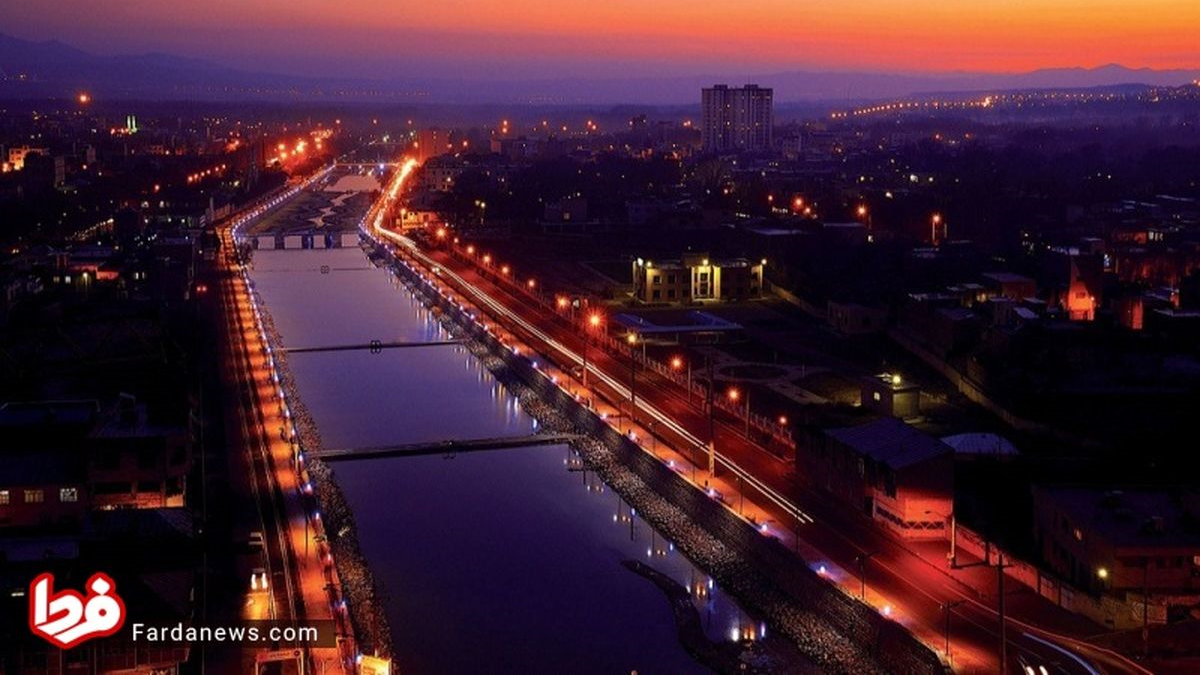

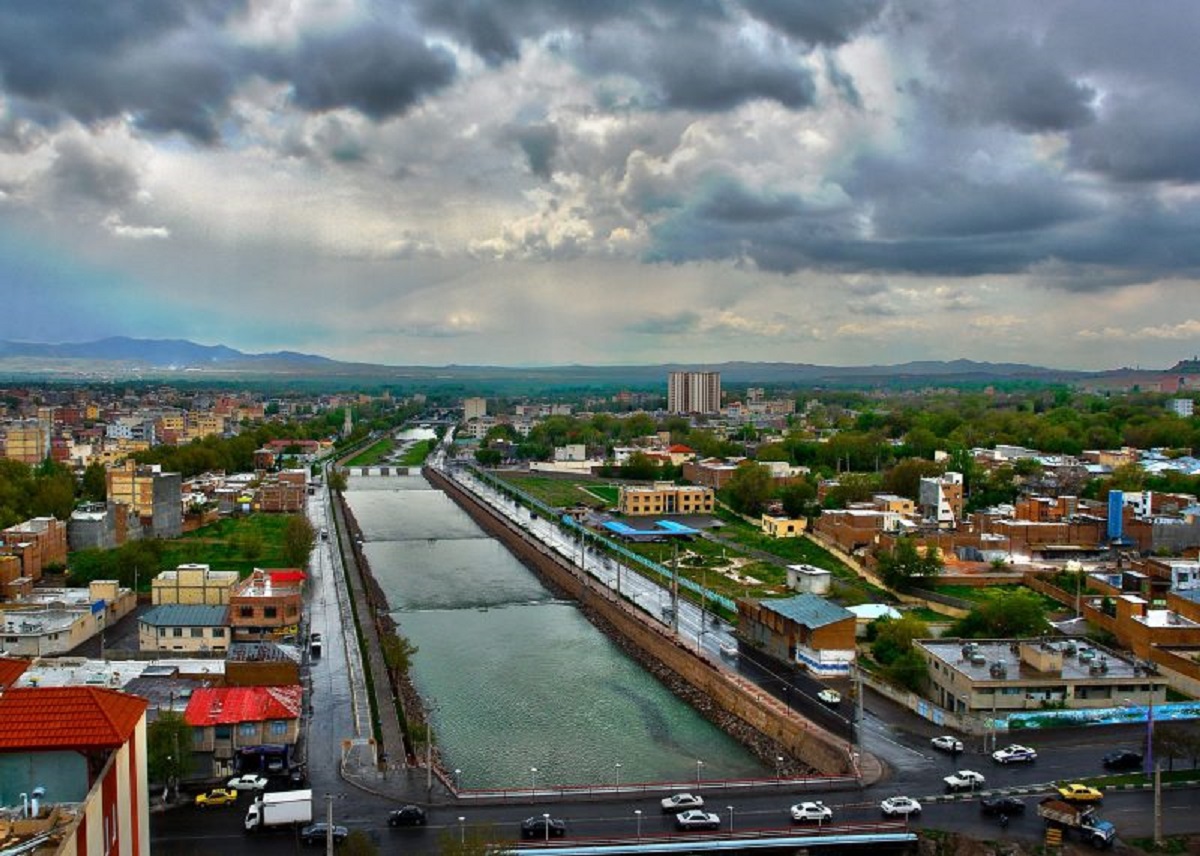





Choose blindless
Red blindless Green blindless Blue blindless Red hard to see Green hard to see Blue hard to see Monochrome Special MonochromeFont size change:
Change word spacing:
Change line height:
Change mouse type:
_crop_2.jpg)
